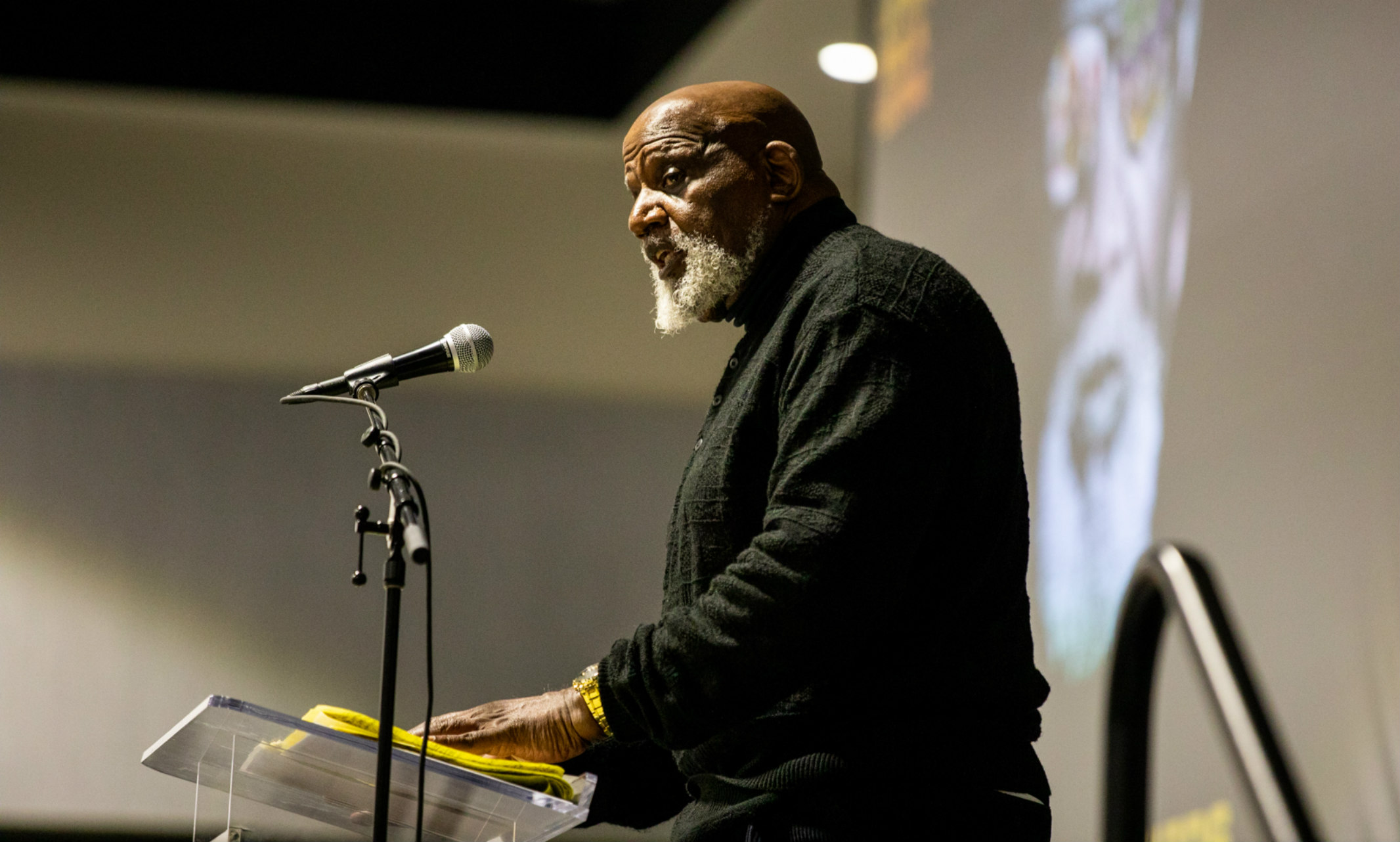Speaking to a full crowd of community members during the 12th annual Martin Luther King Jr. Lecture Series, Vice Chancellor of Diversity and Inclusion Susan Wilson said that “we’re still fighting civil rights struggles from economic to social justice” in the United States. She reminded attendees, who piled into Pierson Auditorium to hear from sports activist and sociologist Harry Edwards, Ph.D., that the struggle is not over that King was fighting to overcome.
Each year the Division of Diversity and Inclusion brings social-justice thought leaders to UMKC to provide insight and advocacy to current rights issues of education, economic and justice inequalities. The goal of the lecture series is to encourage the campus and Kansas City community to build upon the courageous, non-violent activism of civil rights leaders like Martin Luther King Jr. and to increase awareness of present day avenues to advocate for social justice through free thought, action and scholarship. This year’s discussion was a timely fit as discourse surrounding former San Francisco 49ers quarterback Colin Kaepernick’s kneeling protest against police brutality and, even more fitting, the Kansas City Chiefs are headed to the Super Bowl. Here a few takeaways from Edwards' lecture.
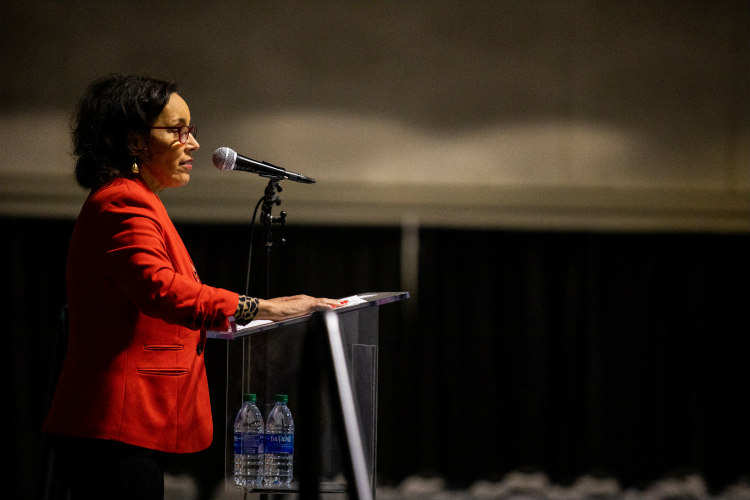
“The challenges of our circumstances are diverse and dynamic. Our struggle, therefore, must be multifaceted and perpetual and there are no final victories.”
Each wave of athlete activists — more times than not — is directly tied to a social justice movement in the broader community.
Wave 1: Plessy V. Ferguson and Establishing Legitimacy
Edwards shared that to understand resistance athletes, we must begin at the turn of the 20th century — the collapse of reconstruction and the passing of Plessy vs. Ferguson: racial segregation under the guise of separate but equal public accommodations. This law is what led to the development of viable, vibrant and parallel black social and cultural institutions — historically black colleges and universities, fraternal and community organizations and sports — constituted by an ongoing resistance amongst black people.
“Human rights emphases carried the perceived potential to enhance the dignity and respect of black people.”
Achievement by black athletes on the world stage became a feature of African-American resistance to the oppression imposed upon them in America under Plessy vs. Ferguson. This model of black excellence was a direct contradiction of race-based claims of black inferiority and would be reiterated throughout history.
Excellence at home through black sports teams and excellence abroad led to the first wave of athlete activism: an effort to establish the legitimacy of blacks in America.
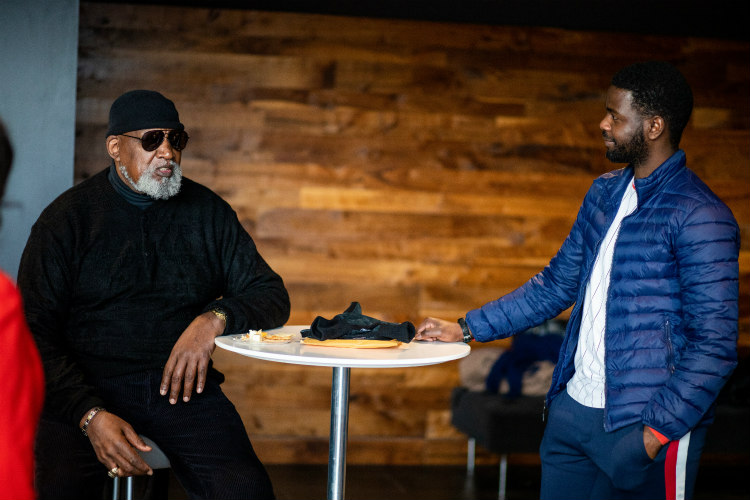
Wave 2: Establishing Access
Edwards said America underwent a talent pool shortage after WWII due to war casualties, which is what ultimately caused sports officials to fill gaps with black talent in revenue-producing sports like baseball, basketball and track and field.
“When you look at collegiate athletics, blacks are virtually underrepresented, especially when it comes to giving scholarships… except in basketball, football and track and field.”
According to Edwards, athletes like Jackie Robinson modeled the path for the larger civil rights movement in American society and served the interest of advancing the black struggle against racial segregation and oppression, as well as mainstream sports.
“Women have always been a part of every movement, but this movement is about women.”
He shed light on how sports was a reflection of what was happening in the broader society and how athletes were the first to take nonviolent direct action against racism and oppression years before King led nonviolent protests in the South. Black clergy and community organizers were taught nonviolent direct action so that sports spectators knew how not to respond when they witnessed their star athletes’ mistreatment on and off the field.
“They knew that if there had been a riot in the stands, it would spill into the streets and vice versa if players fought back on the field” and that would hinder them from furthering their push for access both in sports and the community.
“The culture of sports has not changed. It is about a transactional reality.”
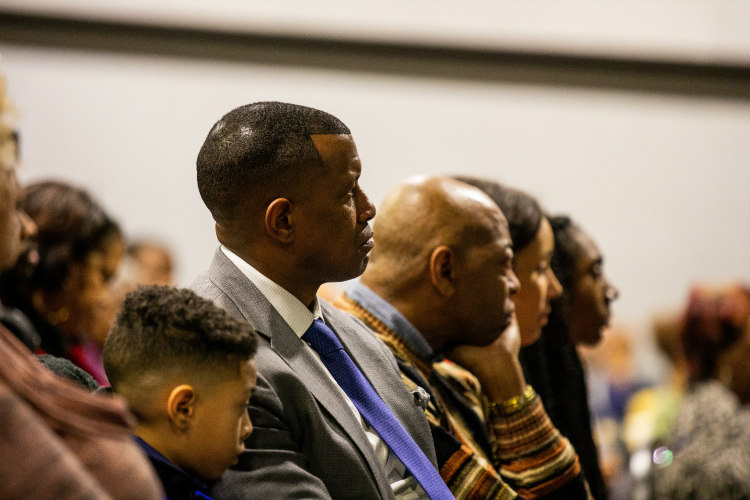
Wave 3: Human Rights – Why Should We Play Where We Can’t Work?
After the onset of desegregation and, largely due to what civil rights accomplished, millions of people were left leaderless and hopeless.
The trajectory of efforts of young, militant blacks such as the Black Panther Party, shifted to the concern for human rights and human rights development.
“Human rights emphases carried the perceived potential to enhance the dignity and respect of black people,” Edwards said.
He further explained that it was no longer enough to have access, athletes demanded respect and dignity. He used Muhamad Ali as a prime example of how black athletes fought for dignity and respect for race, name and religion and drew a line to highlight how Ali’s fight opened the door for Barack Obama to eventually become the 44th president of the United States.
The third wave of resistance athletes — Ali, Jim Brown and others — was fueled by the Black Power Movement. Each movement has a trending expiration date of about six years, 10 at the most. There was no movement by 1972. Edwards said there were athletes between 1972 and 2012 who were prominent, but not as remembered because most athlete activists are tied to larger movements.
“The culture of sports has not changed. It is about a transactional reality.”
Wave 4: Black Lives Matter
Edwards tied Kaepernick’s protest to the Black Lives Matter movement and the quest for social justice, further noting that current activists have social media at their disposal and are able to use their power and influence to call on their followers to protest.
“This generation is about the exercise of power.”
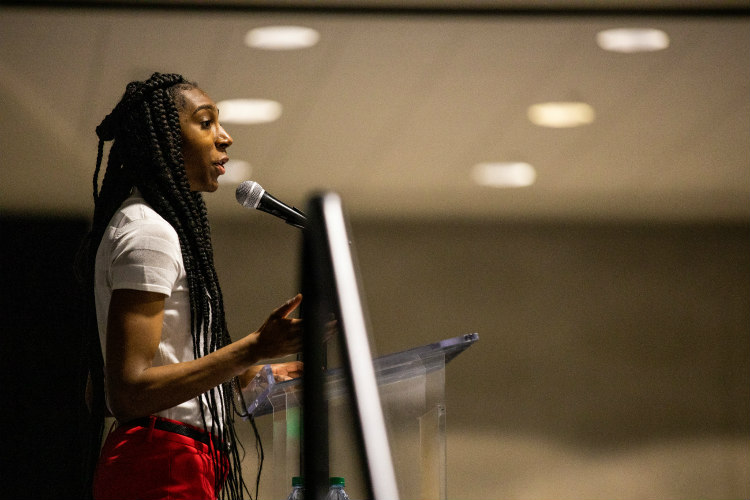
Wave 5: Gender Equality
The WNBA donates $5 of every ticket sale to Planned Parenthood.
“Women have always been a part of every movement, but this movement is about women.”
Young women are more dependent on services offered under the Affordable Care Act and nonprofit health care clinics. Edwards said if those go away, it will constitute a direct threat on the existence of women’s sports, and women are already beginning to react to it.
“The challenges of our circumstances are diverse and dynamic,” Edward said. “Our struggle, therefore, must be multifaceted and perpetual and there are no final victories.”
It’s not the activists who created the struggle, Edwards said, but the athletes who are participating in their leg of the struggle. He said there will always be a movement, which is why we’re constantly in pursuit of forming that more perfect union.
“It will never be perfect but the struggle to get there is what will be part of what is in the very fabric and soul of American society.”

